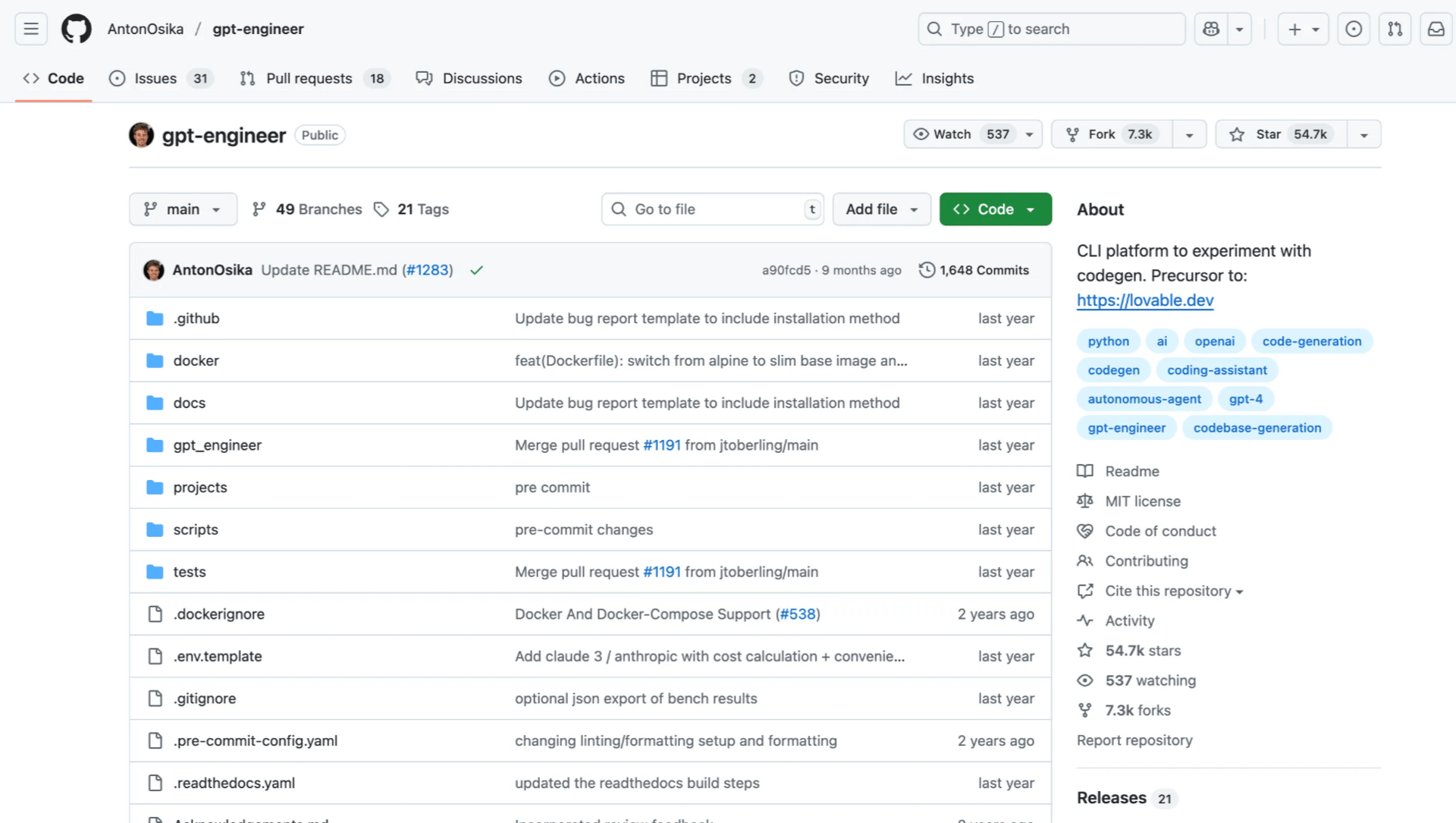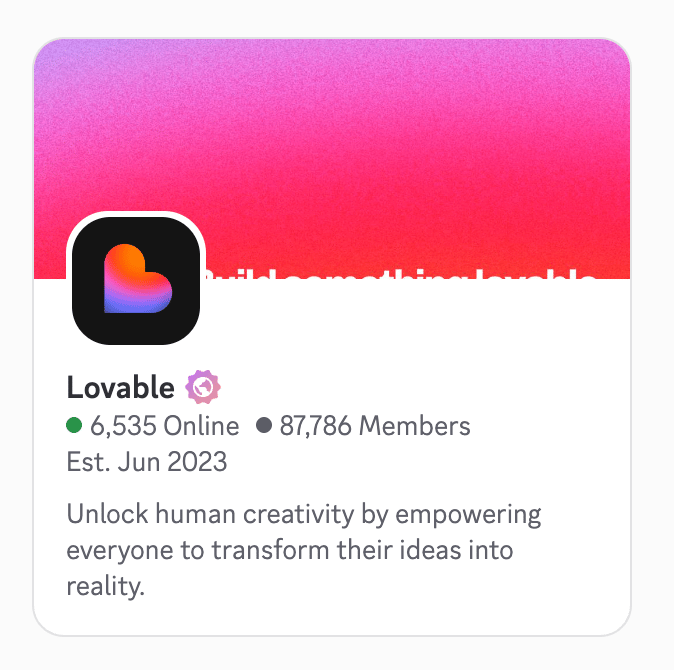- High Output Work
- Posts
- ☄️ How Lovable Went From $0 to $100M ARR in 8 Months
☄️ How Lovable Went From $0 to $100M ARR in 8 Months
Let’s break down their growth systems
Lovable is an AI-powered app builder that lets non-technical founders ship production-ready apps through conversations with LLMs.
In 8 months, Lovable reached $100M ARR with only 45 employees. That equals $2.2M per employee.
They serve 2.3M monthly users including 180K paying customers who create more than 100K projects every day.
They focused on three growth strategies that drove their results. Let’s dive in…
Strategy #1: Ship in Public, Fail in Public
Lovable grew out of GPT-Engineer, an open-source project that reached 50,000+ GitHub stars in mid-2024.
The GitHub repo acted as a live roadmap. Users submitted issues and feature requests. The team shipped updates quickly.
Introducing gpt-engineer App👶
since gpt-engineer became the world's most popular codegen project I have been tinkering with the next step: how to make it practical, ie allow anyone to build and deploy web–apps with plain english
Mission: Reduce barriers to build
shout to
— Anton Osika – eu/acc (@antonosika)
2:12 PM • Dec 19, 2023
This level of responsiveness earned trust and a loyal following early on. Tens of thousands of stars poured in within weeks.

They’ve kept this approach up throughout the year since, too. They made their product development public and participatory.
Users felt heard. Engagement rose. Trust compounded. And, of course, the product got sharper and faster.
Strategy #2: Make Users Co-developers
From day one, Lovable invested in community-driven development.


They launched the Lovable Makers Discord, which now has over 87k members.
Users share builds, answer questions, and support each other.
They also run weekly “Ship Saturday” events in the community. These are build-a-thons open to anyone that keep users engaged and excited.
Additionally, Lovable spotted where users lost energy — having to go back and forth to other external tools. So, they built solutions into the product that combined the entire app-building stack in one place.
For example, Lovable saw that leaving the app to set up auth or a database was a major interruption and decreased the likelihood of projects being completed, so they baked those in.
A non-technical person can now do the following:
Start a project
Collaborate live with teammates
Generate the frontend
Add a database with a one-click Supabase integration
Deploy to production
All of this without ever leaving Lovable. This makes the user more powerful while keeping their momentum with their product high.
Strategy #3: Simplify as You Scale
Complexity slows everything.
Lovable’s willingness to simplify (even at short-term cost) became a moat. They absorbed the hard work internally so users got a clean, fast experience.
Technical Simplification: They moved key systems from Python to Go. Co-founder Fabian Hedin reported the Go backend handles 1.8B tokens per minute at peak load. Python broke far earlier.
Pricing Simplification: In June 2025, they eliminated their mid-tier "Teams" plan despite its revenue contribution. All Teams subscribers moved to Pro at 20% lower cost with no feature loss.
Both changes created goodwill and made the business stronger.
Bottom Line
Lovable’s growth came from three durable systems.
Transparency as an engine: Building in public grew trust and turned adopters into contributors. Each fix and feature doubled as marketing.
Integration to maintain momentum: By condensing the entire builder stack and focusing on community, Lovable removed context-switching. Every integration or event reduced friction and happens within their ecosystem.
Simplification: Hard choices kept the product lean. A simpler product delighted users and let a small team scale fast without breaking.
Growth gets blocked when users face too many steps and choices before they see value.
Lovable removed those points of friction. That unlocked output at a level few companies reach.
Until next week,
David Lobo
Head of Growth, Workmate